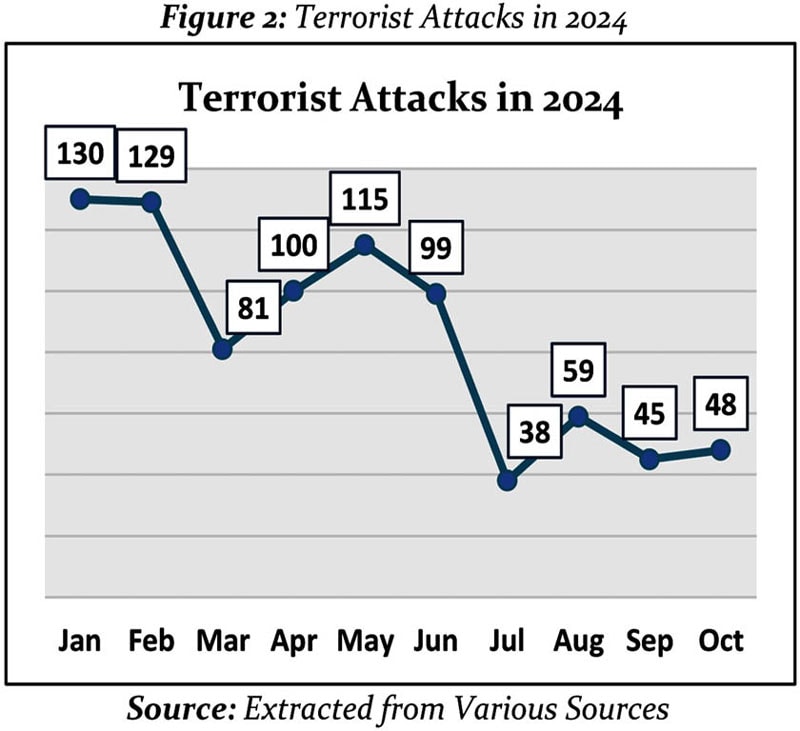Ayesha Sohail
Pakistan has been a victim of terrorism since 2001, and it has deeply impacted Pakistan’s sociopolitical landscape, resulting in 70,000 deaths and an estimated economic loss of US$130 billion by 2024. However, on 16th December 2014, the Army Public School attack in Peshawar was a turning point. It led to a nationwide focus on the fight against terrorism. Hence, a 20-point National Action Plan (NAP) was made.
In 2021, after the withdrawal of US-led NATO forces from Afghanistan and the Taliban’s takeover of Afghanistan, Pakistan’s security landscape changed significantly. In response, a revised 14-point NAP was made.
It provided a detailed framework for countering terrorism consisting of five kinetic and nine non-kinetic domains. This insight briefly discusses all 14 points of NAP and their progress since 2021. Point#1 of NAP is intolerance for militancy. There was an increase in terrorist attacks in Pakistan from 2021, coinciding with the Taliban’s ascent to power in Afghanistan. Thus, to eradicate terrorism from the country, Pakistan’s Apex Committee on NAP approved the initiation of Operation Azm-e-Istehkam in June 2024, with a budget of Rs. 60 billion to reinforce the implementation of NAP. The operation initially led to a 62% reduction in terrorist attacks by July 2024. However, fluctuations from Aug to Oct highlight that the situation remains unstable, requiring sustained efforts to prevent resurgence, and hence, it is categorised as unsatisfactory progress.
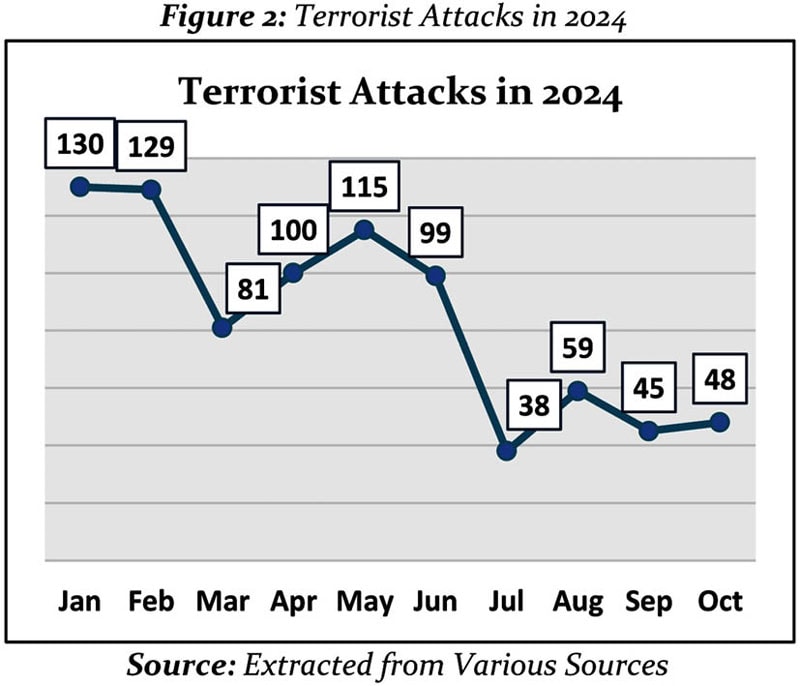
Point#2 of NAP concerns action against the spread of terrorism through media and cyber networks, which includes close cooperation with the Pakistan Telecommunication Authority (PTA). The PTA monitors websites and social media platforms for content that incites terrorism, violence, and hate speech. As of 2023, approximately 1.3 million URLs had been blocked, which is satisfactory progress.
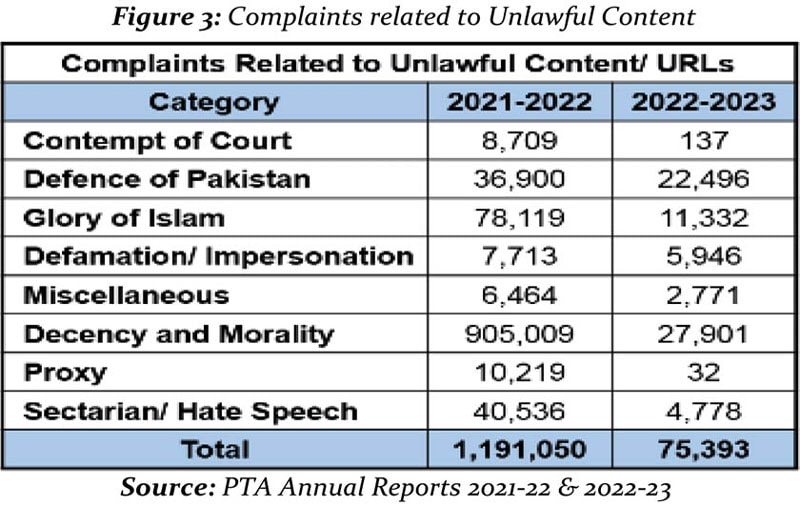
Point#3 of NAP emphasises effective measures against religious/sectarian terrorism. However, the violent sectarian groups’ influence continues to grow, with 18 sectarian violence incidents reported in Pakistan by Oct 2024, compared to 12 in 2023. NAP emphasised disbanding sectarian militant groups, yet no group was banned between 2021 and 2023. However, three fresh entries have been made to NACTA’s list of banned organisations in 2024—Zainbiyoun Brigade, Hafiz Gul Bahadur Group, and Majeed Brigade. Overall progress remains unsatisfactory.
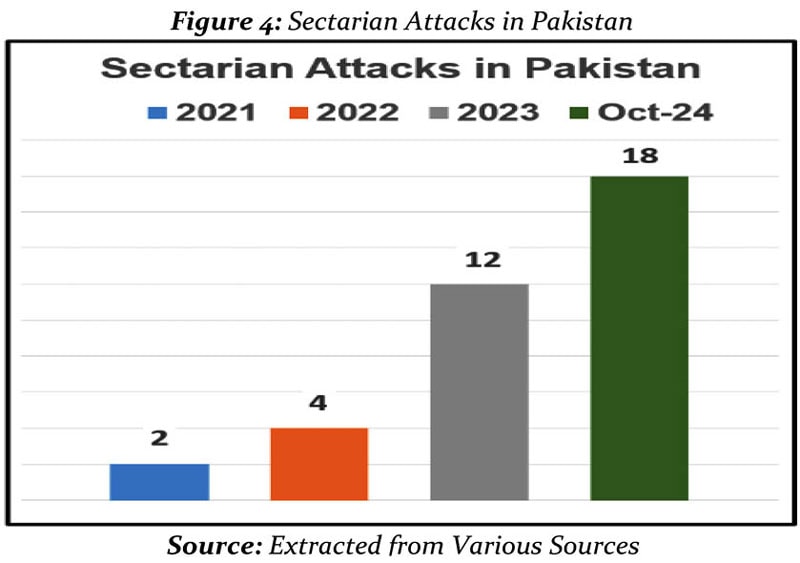
Point#4 of NAP is choking off terror financing and proscribed organisations. Under the NAP, Pakistan has created a National Task Force. Owing to this, Pakistan was removed from the Financial Action Task Force’s (FATF) list in Oct 2022. According to NACTA, the proscribed persons’ list under Schedule IV went from 2,646 in 2021 to 8,374 in 2024. The State Bank of Pakistan has blocked around 5,089 accounts, freezing over Rs. 157 million in 2024 compared to 5,489 accounts and Rs. 169.55 million in 2021. This represents a good progress.

Point#5 of NAP is curbing the increasing trends of illegal spectrum. According to the Ministry of Narcotics Control, 530 convictions in 2021-22 rose to 627 in 2022-23. According to a report, the number of trafficking cases investigated increased from 992 in 2021 to 1,936 in 2023; therefore, it is categorised as satisfactory progress.
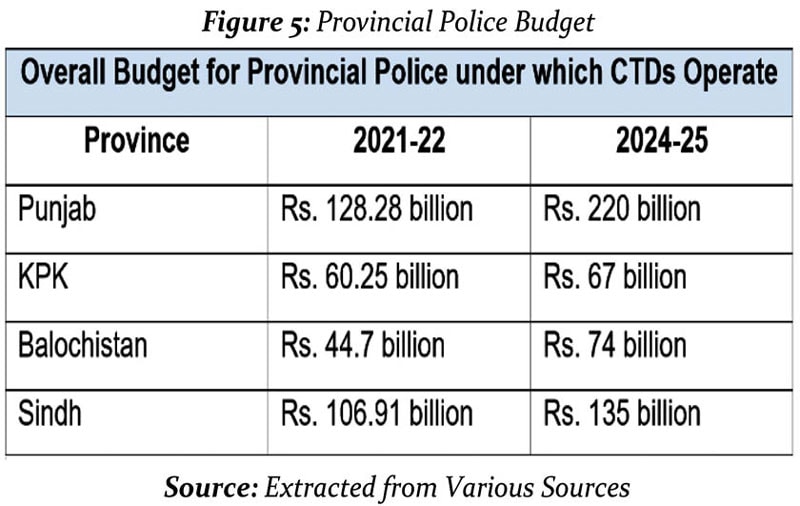
Point#6 of NAP is a follow-up of Counter Terrorism cases in courts to a conclusive end. NAP facilitated the establishment of special trial courts to accelerate the processing of terrorism-related cases. However, the total of death sentences and executions saw a considerable decline. Between 2019 and 2022, 657 individuals were sentenced to death, yet, no executions took place during that period. As of Nov 2024, 2,273 anti-terrorism cases are currently pending in Pakistan. Overall, the progress is unsatisfactory.
Point#7 of the NAP concerns strengthening Counterterrorism Departments (CTDs). The NAP has supported acquiring advanced technology and equipment for intelligence gathering and surveillance. CTDs operate under their respective provincial police forces, and the increased funding has strengthened their operational capacity; hence, it is categorised as good progress.
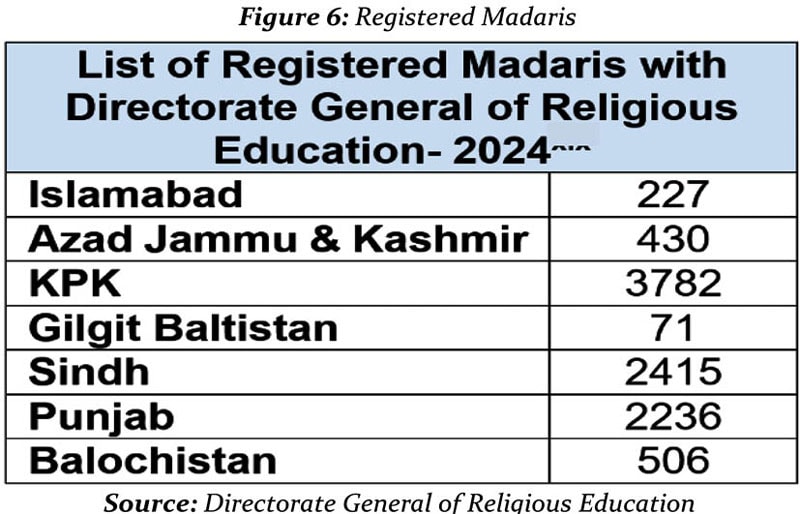
Point#8 of NAP concerns formulating, institutionalisation & implementation of the Counter Violence Extremism (CVE) Policy. The CVE initiatives in Pakistan primarily offer the masses an account against extremist ideologies and revive public confidence in the state, fostering community resilience and raising awareness of religious education. To support this, point#9 of NAP, i.e., regulation & registration of madaris, NAP established a mechanism to involve madaris in fighting extremism. Twenty-six thousand one hundred sixty madaris were registered till 2022 and approximately 30,000 till 2023 under Ittehad-e-Tanzeem-ul-Madaris Pakistan. NAP further proposed registering Madaris in the Department of Education. Figure 6 provides the details of the registered madaris across Pakistan. Overall, this represents a good progress.
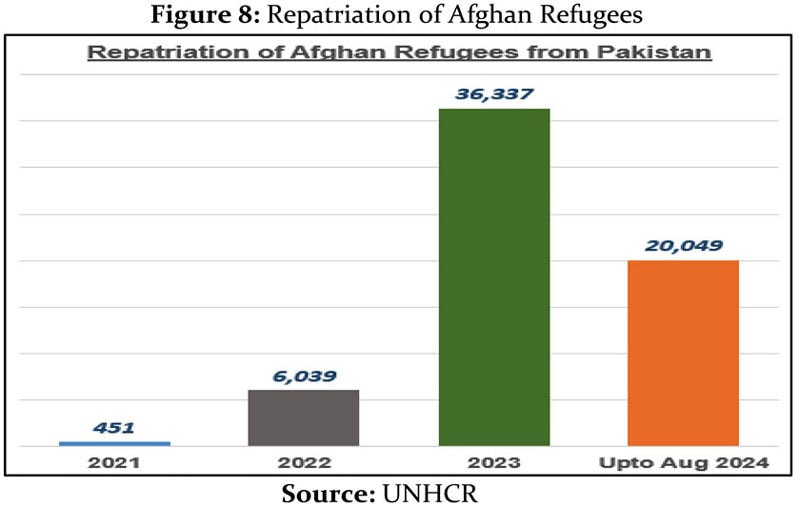
Point#10 of the NAP concerns the Reconciliation Process in Balochistan. Some segments of the Baloch population have political and economic grievances; hence, this was made a clause of the NAP. The Balochistan government announced the ‘Peaceful Balochistan National Reconciliation Policy’. Since its execution, over 3,500 militants have surrendered and joined the country’s mainstream. To efficiently address Baloch apprehensions and curb violence, the government announced a Rs. 600 billion development package for Balochistan in 2021. However, it remains an unsatisfactory progress.
Point#11 of NAP discusses merged areas of KP reforms, particularly the National Finance Commission (NFC). It has highlighted the importance of fair resource allocation to these areas, although complete integration into the NFC framework remains ongoing. NAP has resulted in noteworthy investments in capacity building for law enforcement agencies in the merged areas, including establishing new police stations. Overall, this represents a satisfactory progress.
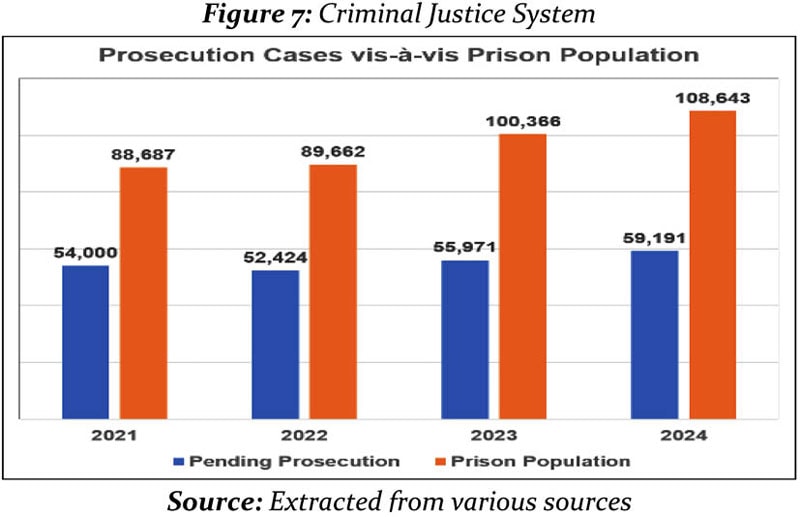
Point#12 of the NAP concerns Criminal Justice System (CJS) reforms. Over the years, pendency has risen manifold in the Supreme Court of Pakistan. Pakistan’s prisons face overcrowding and a shortage of officials to handle detainees. Meaningful reforms are yet to follow, resulting in unsatisfactory progress.
Point#13 of NAP calls for strengthening the legal framework to address espionage related to national security and intelligence operations effectively. The “Official Secrets Act 1923” stays in force in Pakistan regulating the management of categorised information and defining espionage-related offenses. However, it must be updated to clarify definitions and penalties while protecting national security. Therefore, this represents an unsatisfactory progress.
Point#14 of NAP is the repatriation of Afghan refugees. NAP highlighted the importance of a structured approach, leading to efforts to ensure the proper registration and documentation of Afghan refugees. Also, Pakistan has maintained collaboration with UNHCR to support the repatriation process and initiated a repatriation programme targeting millions of Afghans, irrespective of their legal status. Overall, this represents a satisfactory progress.
The evolving security landscape demands a balanced approach prioritizing preventive measures, community resilience, and kinetic operations. Pakistan must bridge the gaps between policy formulation and on-ground implementation to ensure sustainable peace and stability.



